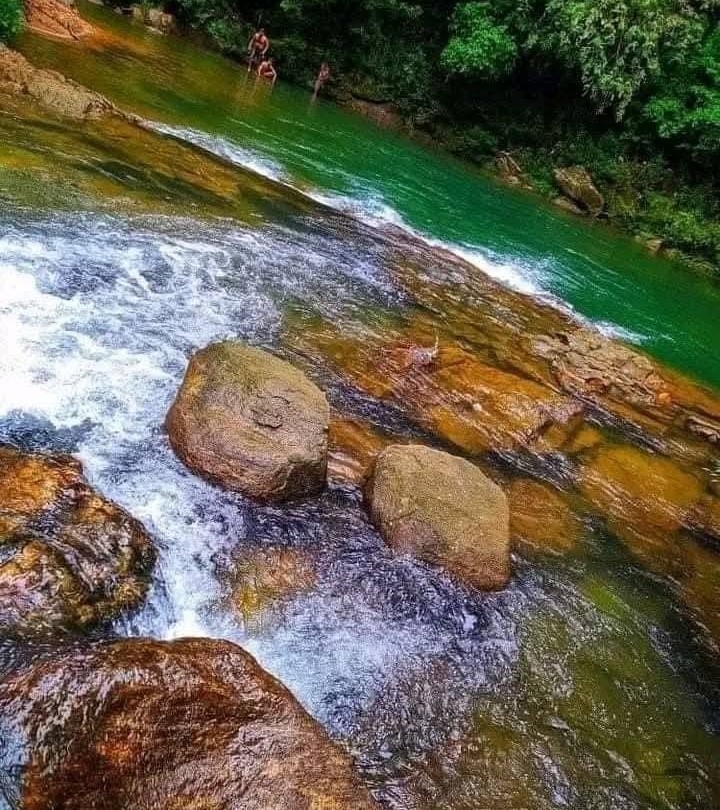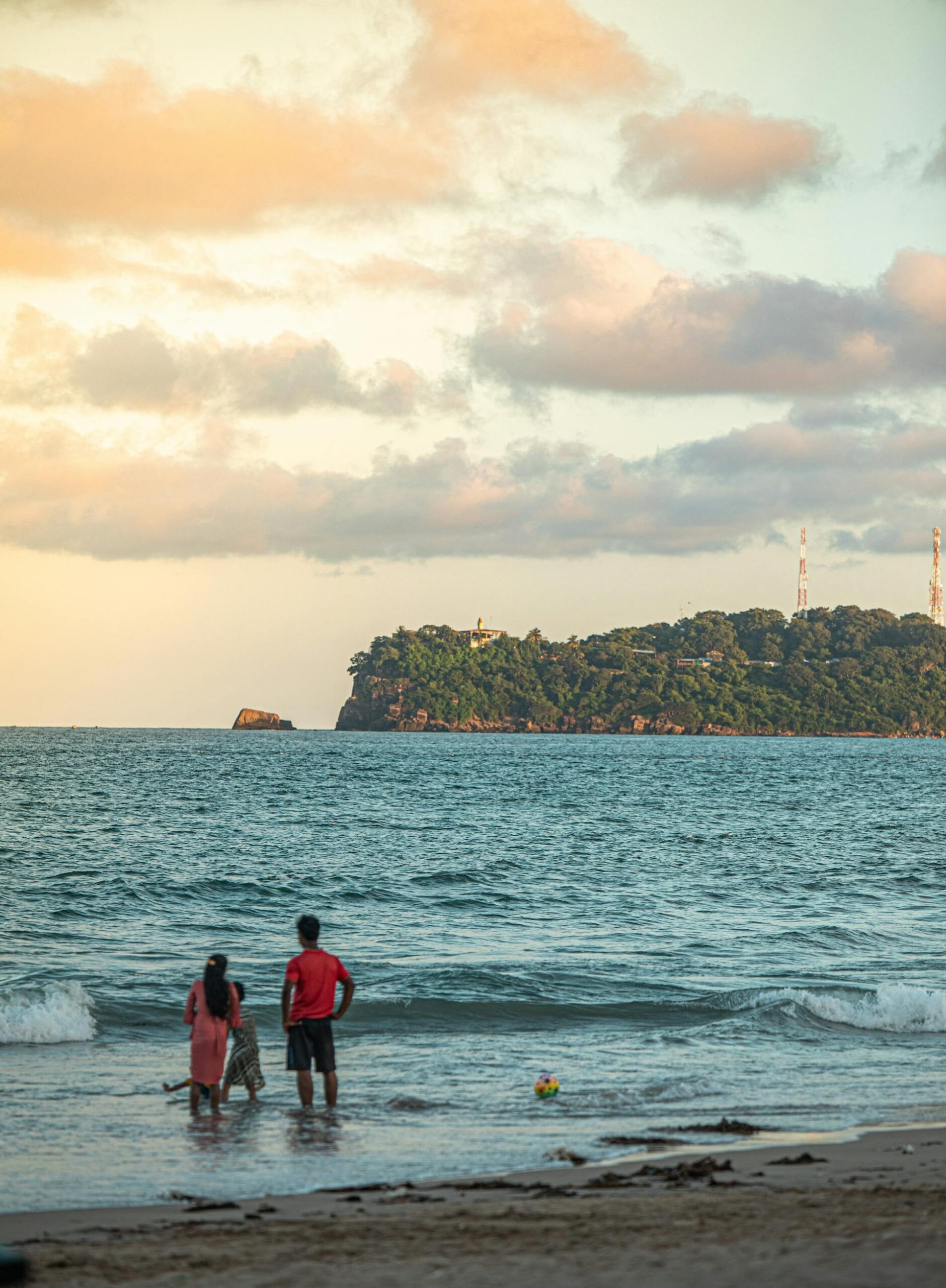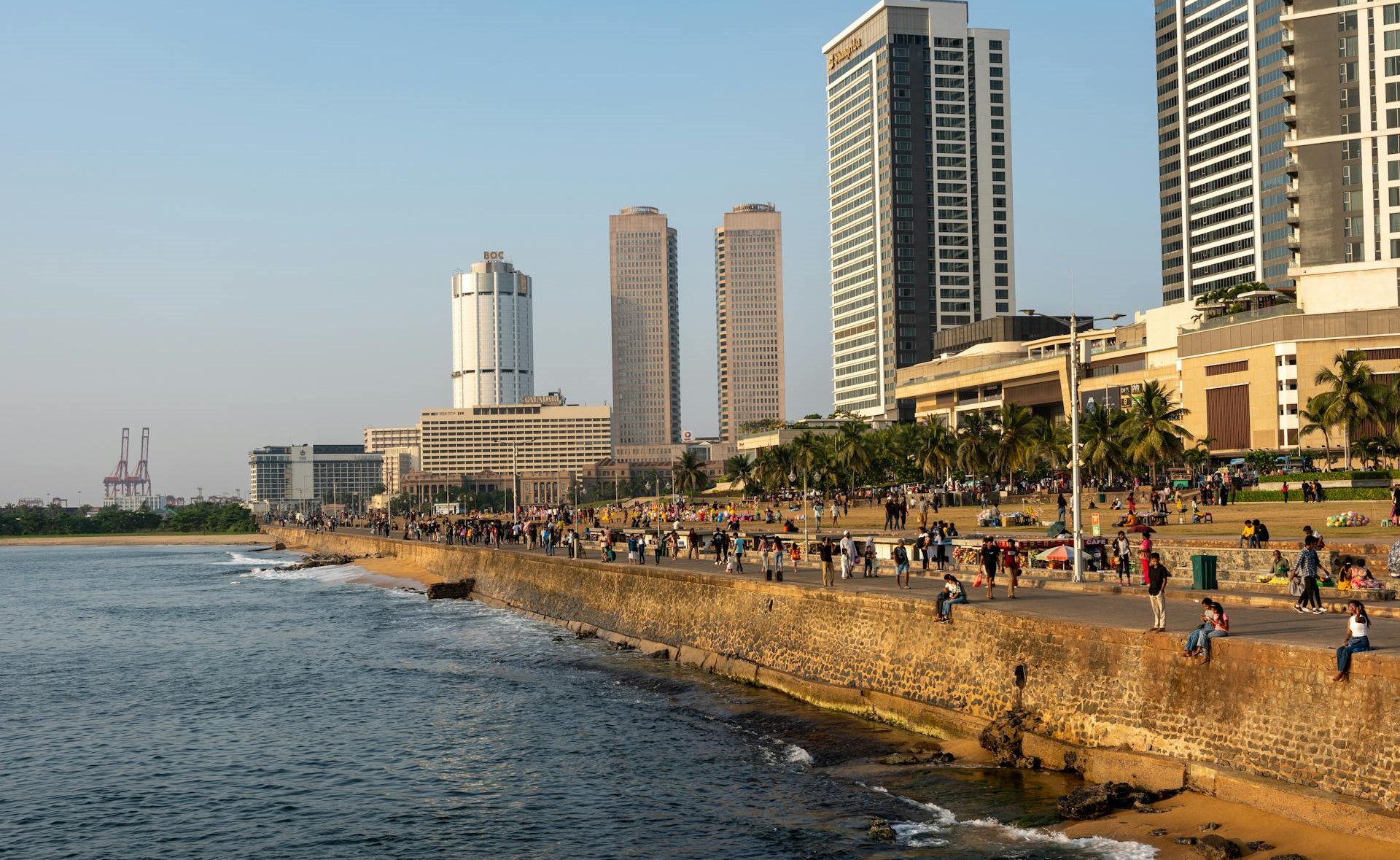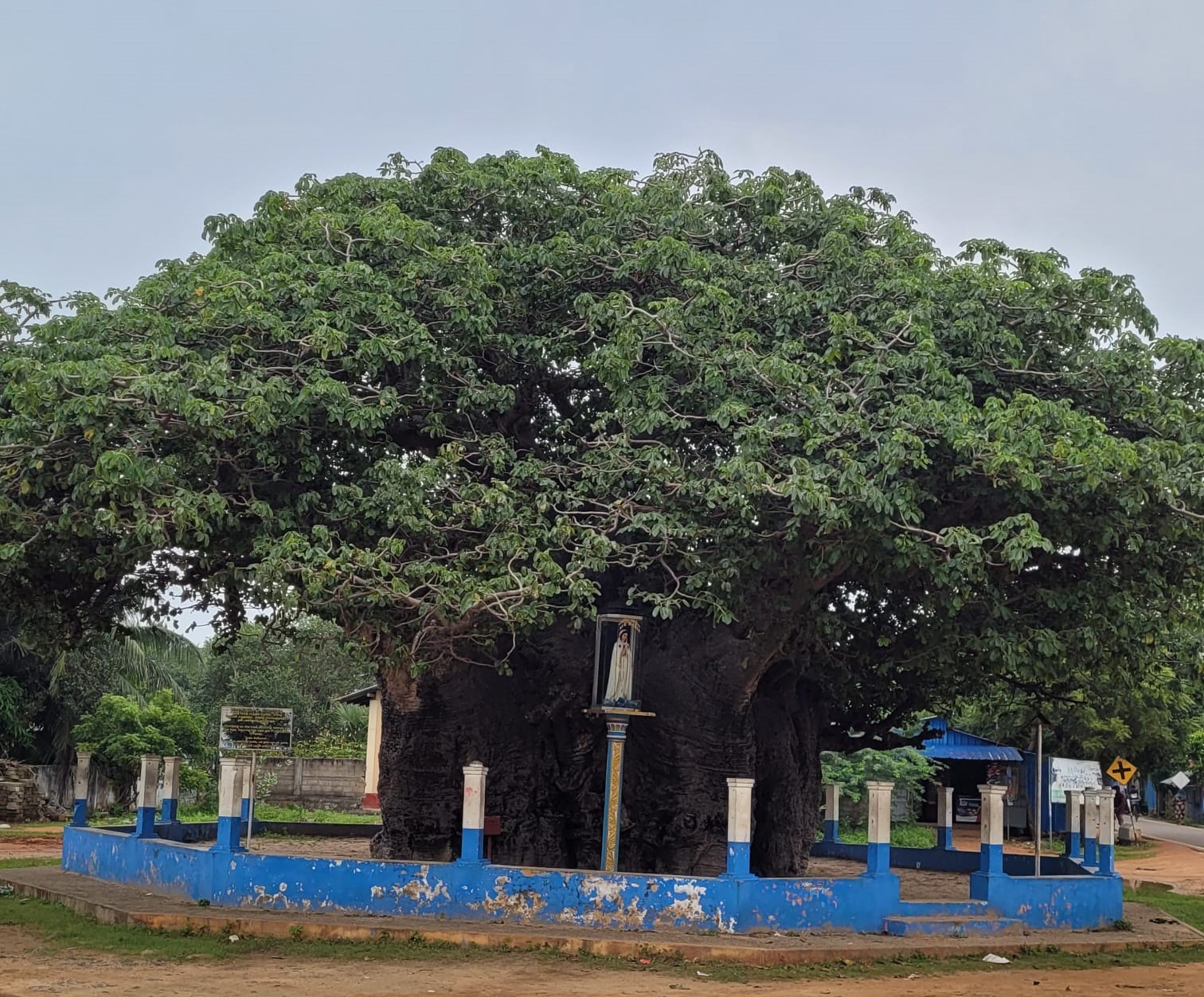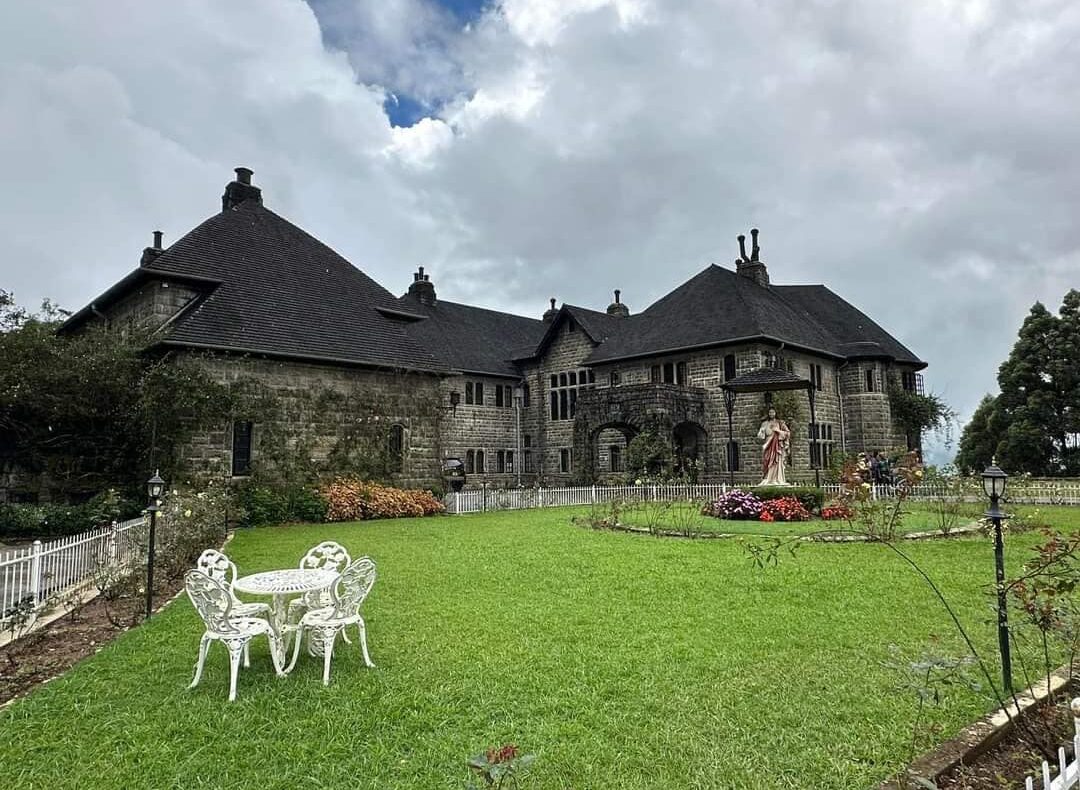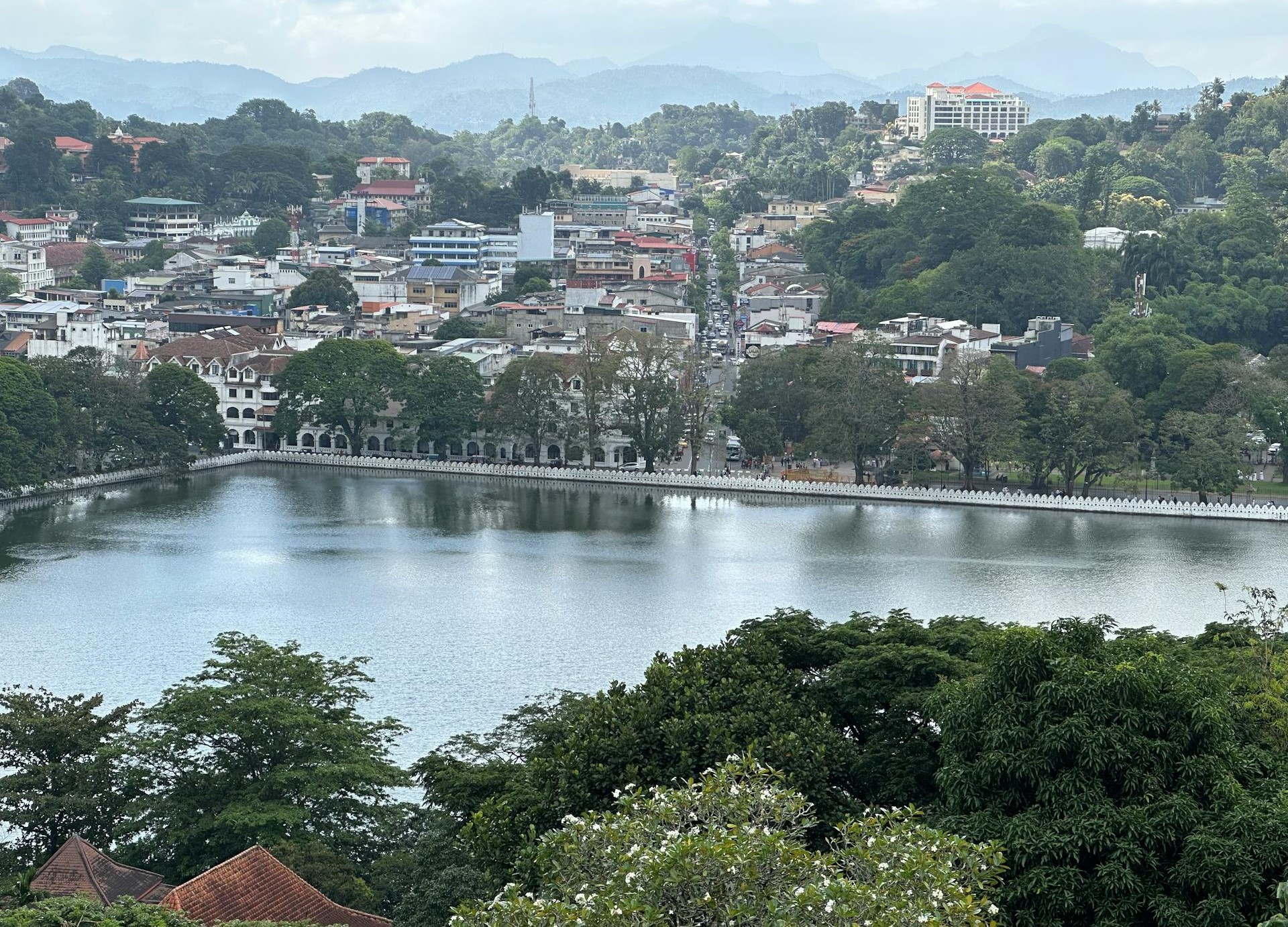Kaludiya Pokuna Forest & Archaeological Site in Dambulla
The Kaludiya Pokuna Forest & Archaeological Site in Dambulla is a hidden gem in Sri Lanka, blending natural beauty and historical significance. If you’re a nature enthusiast or history lover, this serene location offers a unique escape from bustling tourist spots while immersing you…
The Natural Gems and Gemological Museum
The Natural Gems and Gemological Museum nestled in Kandy, Sri Lanka, offers a captivating journey into the country’s rich geological and gemological heritage. Located just 9.8 kilometers from the heart of Kandy, this museum is a treasure trove of rare minerals and fossils, showcasing…
Pigeon Island National Park: Sri Lanka’s Underwater Paradise
Pigeon Island National Park, near Trincomalee on Sri Lanka’s east coast, is a must-see for any nature lover. This park, created in 1963 to protect special birds and upgraded in 2003, is more than just beautiful beaches. It’s a wonderland under the water! Two…
Preserving Paradise: A Journey to the Kosgoda Turtle Conservation Centre
The Kosgoda Turtle Conservation and Research Centre stands as a beacon of hope for the preservation of Sri Lanka’s majestic sea turtles. Established in 1978 by Victor Hasselblad, the renowned Swedish camera maker, this pioneering project was born out of a deep concern for…
Galle Face Green
Nestled along the scenic coastline of Colombo, Galle Face Green beckons travelers with its charm and allure. Spanning 5 hectares of ocean-side splendor, this urban park is a cherished destination for both locals and visitors alike, offering a myriad of experiences to be savored…
Baobab Tree in Mannar: Guardians of Time
The Baobab tree, a living testament to a botanical odyssey across continents, graces the landscape of Mannar in Sri Lanka. Known by various names like biobab, boab, boaboa, bottle tree, upside-down tree, and monkey bread tree, these ancient giants weave a majestic tale of…
Gala Muduna Temple in Badulla
Would you like to sit on a wooden bench on top of a rock and watch the beauty of nature? So this is one of the best places to get such an experience. From past to present Sri Sambuddhaloka Wiharaya is located in a…
Adisham Bungalow in Haputale
Spending a day in a beautiful green garden surrounded by cold mist is a great experience for anyone. Adisham Bungalow can be called the best place to experience this for any tourist coming to Sri Lanka. It can be identified by a former name…
Kandy View Point (Arthur’s Seat View Point)
Kandy View Point, or what somebody called Arthur’s Seat View Point, is a must-visit spot in Kandy city. The place is situated on the Rajapihilla Mawatha, which is around one kilometer away from the city center. You can go there easily by foot. But…
Pinnawala Elephant Orphanage
The Pinnawala Elephant Orphanage is a unique and popular attraction in Sri Lanka. Located in the village of Pinnawala in Sabaragamauwa Province, about 90 kilometers northeast of Colombo, the orphanage is home to a large number of rescued elephants (around 80) that have been…

